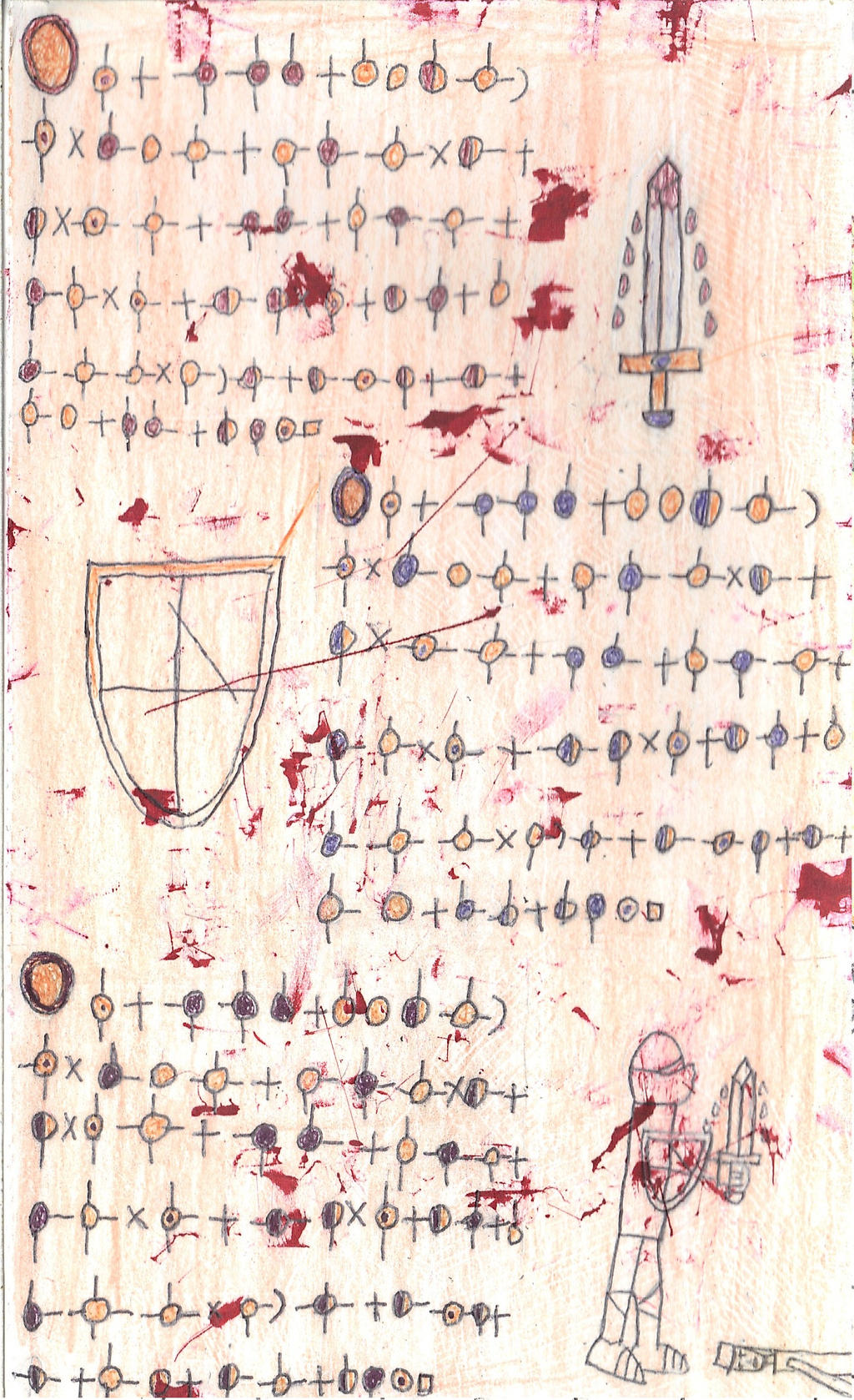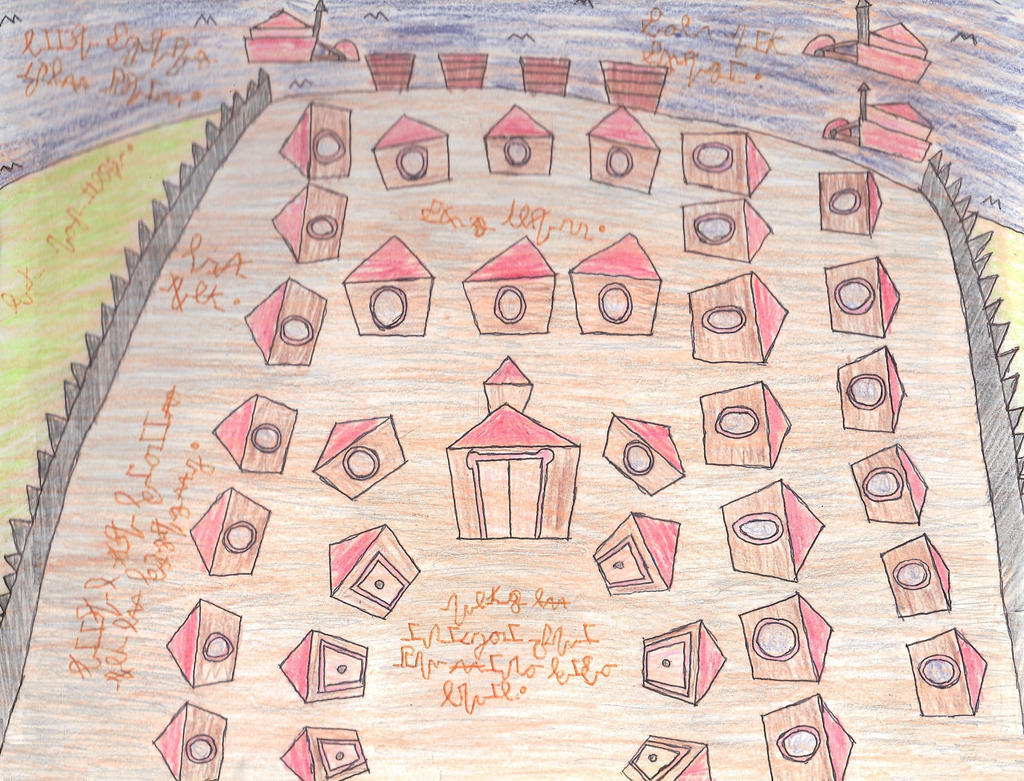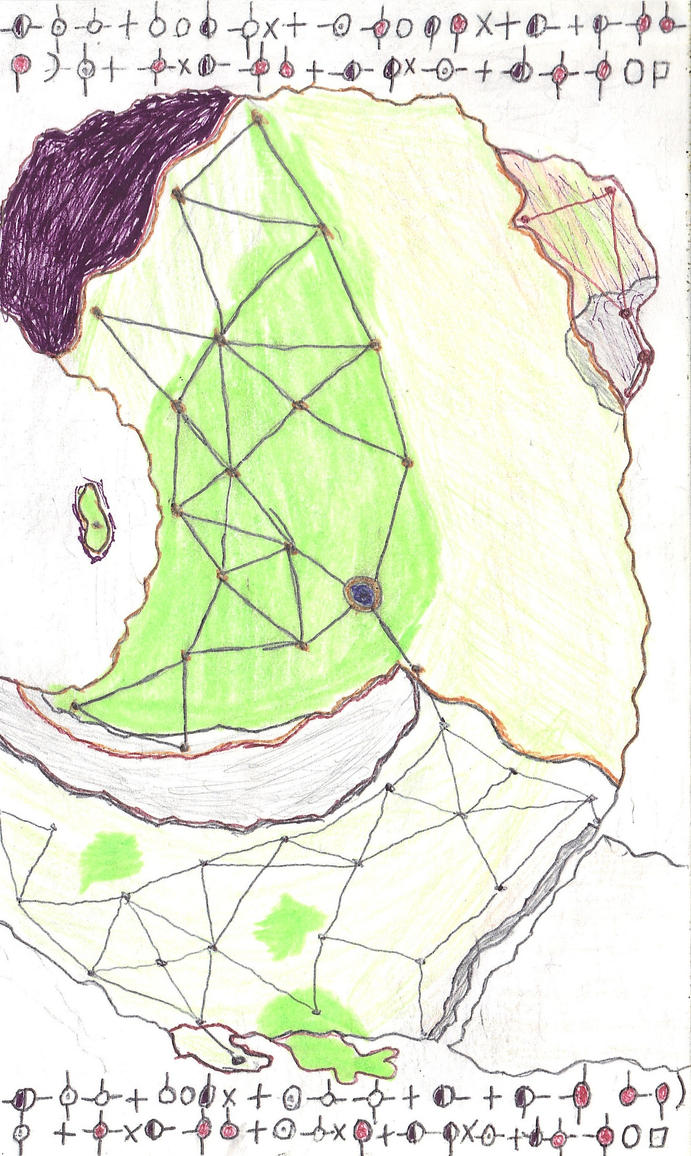Histes, the son of Lysargos, was the tyrant of Miltis in the late 6th century. Histes
owed his status of tyrant of Miltis to Goblin Boss Rad 'e Uz, who had
subjugated Miltis and the other Stygian states in the Goblin Plains. According
to Heradoth, Histes, along with the other tyrants under Rad 'e
Uz' rule, took part in the Goblin expedition against the early Dominion,
and were put in charge of defending the bridge that Rad 'e Uz' troops
had placed across the Dinnis River. The Humans attempted to persuade
Histes and the others to abandon the bridge; one faction, led by
Miltiades of Atikus, at that time tyrant of the Cheros, wanted to follow
the Humans' advice. However, Histes argued that they should stay, as
they owed their positions as tyrants to Rad 'e Uz and would surely be
overthrown if he were killed.
Instead, according to Heradoth, Histes suggested that they pretend to follow the Human plan. So Histes was sent as an ambassador to the Humans to tell them that the tyrants would accept the Human plan, while the rest of the tyrants acted as if they were demolishing the bridge. Histes persuaded the Humans to look for the Goblin forces. Heradoth writes that while the Humans were away, the Goblins returned to the Dinnis River and Histes organized the ships to successfully ferry them across the river. During the expedition, Histes' troops had started building a settlement at Myrnus (site of the later Amphipolis) on the Stormon River. After returning with Rad 'e Uz to Sar Da 'Iz, Rad 'e Uz asked Histes what he wanted in return for his service. Histes responded that he wanted to be given control over Myrnus, to which Rad 'e Uz agreed.
However, the Goblin commander Mega Busta' suspected Histes' interest in the strategically important area, which controlled key roads from Goblin controlled territory into the Dominion, as well as known sources of silver and timber. Nevertheless, Rad 'e Uz considered Histes to be loyal, and asked him to come back to Shush with him as a friend and adviser. Histes' nephew and son-in-law Arigoras was left in control of Miltis. According to Heradoth, Histes was unhappy having to stay in Shush, and made plans to return to his position as tyrant of Miltis by instigating a revolt in Stygia. In the year 499, he shaved the head of his most trusted slave, tattooed a message on his head, and then waited for his hair to grow back. The slave was then sent to Arigoras, who was instructed to shave the slave's head again and read the message, which told him to revolt against the Goblins.
Arigoras, who was disliked by his own subjects after an expedition to Nacks ended in failure, followed Histes' command, and with help from the Stygians from Atikus and Ertehis, attacked and burned Sar Da 'Iz. When Rad 'e Uz learned of the revolt, he sent for Histes, who pretended to have no knowledge of its origins, but asked to be sent back to Miltis put down the revolt. Heradoth writes that Rad 'e Uz permitted him to leave. On his way back, Histes went to Sar Da 'Iz, where the satrap Il bit ur neez suspected Histes' role in the revolt forcing Histes to flee to Chiro. Histes tried unsuccessfully to build a fleet while on Chiro. He then returned to Miltes with the aim of becoming tyrant once more. However, the Miltians did not want a return to tyranny and exiled him to the island Larbos. There, he gathered some ships and, according to Heradoth, began committing acts of piracy in the Stygian Sea from a base in Hellspout.
Meanwhile, the Goblins defeated the leaders of the Stygian revolt at the Battle of Lare in the year 494. When Histes learned of this he left Hellspout, and his troops attacked Chiro, blockaded Thassos and then attempted to land on the mainland to attack the Goblins. After joining a Stygian force in battle against the Goblins, he was captured by the Goblin general, Raga Push. The satrap Il bit ur neez did not want to send him back to Shush, where he suspected that Rad 'e Uz would pardon him, so he executed him and sent his head to Rad 'e Uz. According to Heradoth, Rad 'e Uz still did not believe Histes was a traitor and gave his head an honorable burial.
Instead, according to Heradoth, Histes suggested that they pretend to follow the Human plan. So Histes was sent as an ambassador to the Humans to tell them that the tyrants would accept the Human plan, while the rest of the tyrants acted as if they were demolishing the bridge. Histes persuaded the Humans to look for the Goblin forces. Heradoth writes that while the Humans were away, the Goblins returned to the Dinnis River and Histes organized the ships to successfully ferry them across the river. During the expedition, Histes' troops had started building a settlement at Myrnus (site of the later Amphipolis) on the Stormon River. After returning with Rad 'e Uz to Sar Da 'Iz, Rad 'e Uz asked Histes what he wanted in return for his service. Histes responded that he wanted to be given control over Myrnus, to which Rad 'e Uz agreed.
However, the Goblin commander Mega Busta' suspected Histes' interest in the strategically important area, which controlled key roads from Goblin controlled territory into the Dominion, as well as known sources of silver and timber. Nevertheless, Rad 'e Uz considered Histes to be loyal, and asked him to come back to Shush with him as a friend and adviser. Histes' nephew and son-in-law Arigoras was left in control of Miltis. According to Heradoth, Histes was unhappy having to stay in Shush, and made plans to return to his position as tyrant of Miltis by instigating a revolt in Stygia. In the year 499, he shaved the head of his most trusted slave, tattooed a message on his head, and then waited for his hair to grow back. The slave was then sent to Arigoras, who was instructed to shave the slave's head again and read the message, which told him to revolt against the Goblins.
Arigoras, who was disliked by his own subjects after an expedition to Nacks ended in failure, followed Histes' command, and with help from the Stygians from Atikus and Ertehis, attacked and burned Sar Da 'Iz. When Rad 'e Uz learned of the revolt, he sent for Histes, who pretended to have no knowledge of its origins, but asked to be sent back to Miltis put down the revolt. Heradoth writes that Rad 'e Uz permitted him to leave. On his way back, Histes went to Sar Da 'Iz, where the satrap Il bit ur neez suspected Histes' role in the revolt forcing Histes to flee to Chiro. Histes tried unsuccessfully to build a fleet while on Chiro. He then returned to Miltes with the aim of becoming tyrant once more. However, the Miltians did not want a return to tyranny and exiled him to the island Larbos. There, he gathered some ships and, according to Heradoth, began committing acts of piracy in the Stygian Sea from a base in Hellspout.
Meanwhile, the Goblins defeated the leaders of the Stygian revolt at the Battle of Lare in the year 494. When Histes learned of this he left Hellspout, and his troops attacked Chiro, blockaded Thassos and then attempted to land on the mainland to attack the Goblins. After joining a Stygian force in battle against the Goblins, he was captured by the Goblin general, Raga Push. The satrap Il bit ur neez did not want to send him back to Shush, where he suspected that Rad 'e Uz would pardon him, so he executed him and sent his head to Rad 'e Uz. According to Heradoth, Rad 'e Uz still did not believe Histes was a traitor and gave his head an honorable burial.


